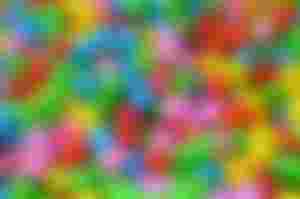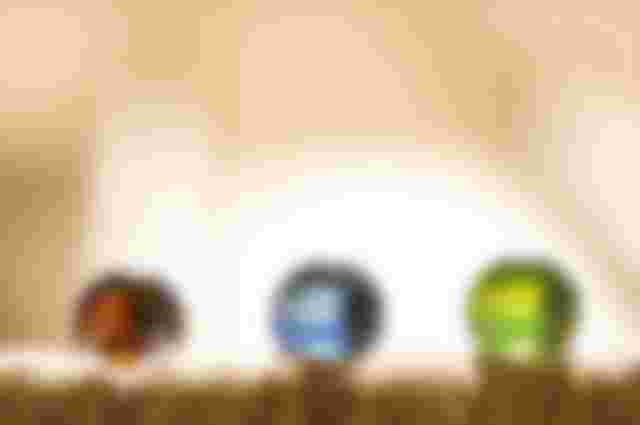From an early age, we were taught that color is a property of objects, something that does not correspond completely to reality. Although the characteristics of objects influence their color, this is a perception and, as such, depends on the subject who experiences it, the observer. But this is not the only influencing factor. The color of an object depends not only on the object itself and who sees it, but also on the lighting.

That is why the same person can see the same object in different colors if they observe it in different lights. A clear example is when we choose the thread or button of the "same color" that is an arduous task. It requires a series of experiments: comparisons in daylight and with different artificial lighting. It involves taking risky decisions, since it is not possible to test all possible situations in which the garment will be worn.
Although this is something we experience, we still find it hard to accept, sometimes our brain tricks us into trying to make familiar things always look the same. This is what is called color constancy and it allows us to recognize familiar objects surrounded by others that are not from matching environments. And it all depends on how you look at it, because we know that the properties of light and matter can influence the color. The color of an object will be the one we perceive from the light.
In that sense, an object that we see orange under white light, will be a more yellowish color if we add yellow light, but it would be reddish if we add blue light. In fact, I prefer to set the color to normal conditions, that is, the conditions in which the object is normally found. An example, are the normal conditions of a plant the normal color of a leaf in summer is green, but in the fall it is yellow. Color is a property that is perceived only by light.
We know that light is a form of energy that is expressed as a set of electromagnetic radiation and these are propagated by particles called photons. They have more or less energy depending on their wavelength. The longer the wavelength, the lower the energy associated with a photon. Of all the types of electromagnetic radiation, humans only see a very small part of it as the visible spectrum. White light is the set of all visible wavelengths.
This light can be scattered in the whole range of colors we know and each of these colors has a characteristic wavelength. Even in the dark, in the absence of light, color does not exist. And this color of matter can be due to two causes. One of them is chemical: the composition of matter. The other responds to physical phenomena and is originated by the sculpture of matter.

Finally, the color as a result of this physical-chemical effect, i.e. the result of energy absorption, is responsible for the colors we perceive. The important thing is that depending on the angle from which we look at it we will see different colors. The geometry of the structure of this material, in its smallest scale, is responsible for the fact that at certain angles of light are added or canceled and cause that only certain wavelengths, that is, colors are perceived. The existence of the color of objects is something so obvious that, surely, we do not value it. Objects have color because they emit or absorb electromagnetic radiation.
Can you imagine a world without colors?
Disclaimer: I would like to let you know that English is not my mother tongue, I may even make some mistakes in the elaboration of sentences in my posts. Feel free to correct me attentively. It will help me in my learning process.
I especially want to thank my loyal sponsors for their unconditional support. I truly wish them the best this world can give them. I would also like to invite my readers to stop by and review your content, it is very interesting and valuable.
Articles related:
You can follow me on:
Facebook - Instagram - Youtube
My Blogs:


Colors indeed bring out extra details of everything in our surroundings, I can imagine that life would be boring the was plain colorless. 😅